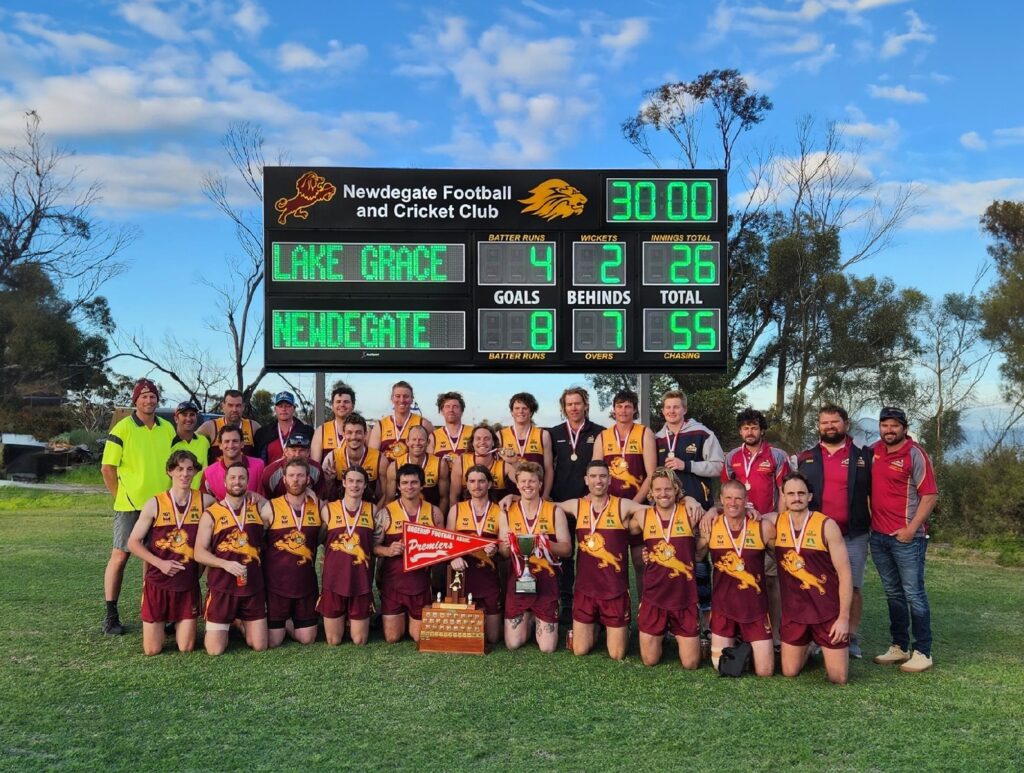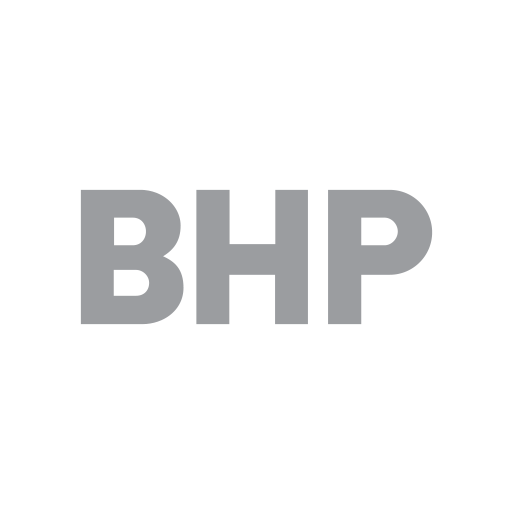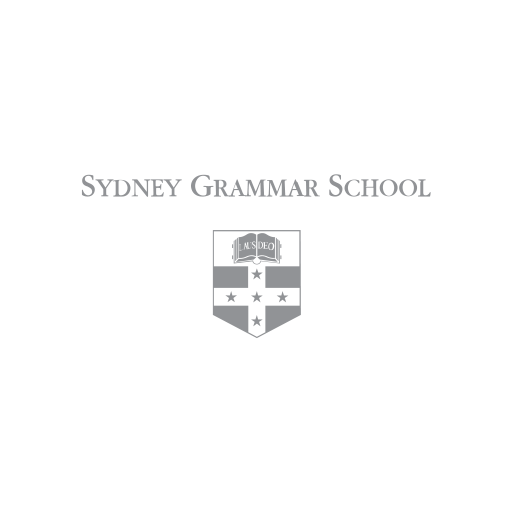With so many options in the market, choosing the best digital school sign for your school can be a daunting task. There are many important considerations, including your sign location, purpose, local council rules and regulations, screen resolution, walk by and traffic patterns, and more!
Our school sign guide provides you with information about how digital signs work, and what to consider to ensure you choose the best sign for your school.
What is a digital sign?
A digital school sign (sometimes called an LED sign, or LED display) is an electronic sign consisting of a matrix of individual light emitting diodes (LED) that form images, text or video. The tiny light sources that we call LEDs are illuminated by an electronic current that passes through a microchip, resulting in visible light.
From a distance, the human eye is unable to see the gaps between pixels when they are placed very close together. This delivers quality images with minimal pixilation, making the LED brightness and colour very eye catching, a key feature of a quality outdoor sign.
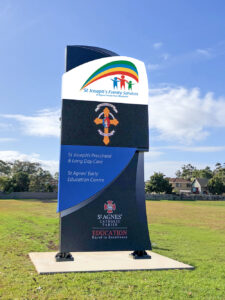 Digital School Sign Considerations
Digital School Sign Considerations
The most important consideration for your school sign is that it can be clearly seen by your audience! Whether that’s parents and students walking in and out of the school, or potential parents and the local community driving by your school, you need to ensure that your sign is visible, clear, and bright.
Visibility
There are four key considerations when it comes to digital sign visibility: Screen Resolution and Size, Brightness, Viewing Distance, and Placement.
Screen Resolution and Size
Your screen resolution and size will determine how clear your sign is (i.e. how well the images and words on your sign can be seen by the viewer). Screen resolution is defined as the number of pixels on a sign – the more pixels per square metre, the better your screen resolution.
The type of messages you want to display can also influence your sign size. For simple scrolling text displays such as school messages for students and the school community, you can use a minimum character height. However, if your school would like an eye-catching LED sign that displays full colour images and backgrounds, you’ll need a bigger sign.
Brightness
LED signs are much brighter than a regular TV screen and are measured in a brightness rating called ‘nits’. And no, this type of ‘nits’ is the good kind – it won’t make your head itch or send fear through teachers and parents! And unlike headlice nits, when it comes to screen nits, the more the better. For instance, if your sign needs to be seen outdoors all year around, you’ll require an 8,000+ nits screen. Ideally, you want to choose a really bright screen as LEDs dim over time and you want your screen to remain bright for years.
Viewing Distance
Have you considered where your audience is likely to be when they view your sign, whether it’s driving past your school or walking in the front gate? As a general rule, you’ll need at least 100mm of character height for each 30 metres of viewing distance to make it readable. So, if you sign is trying to reach drivers from a distance, you are likely to need a higher character height, versus a sign that aims to display messages to students and parents who are walking by.
If space is limited, a sign of high resolution with tight pixel pitch will help you to display sharper, crisper content.
Placement
It’s important to consider your sign placement to ensure it receives maximum impact. Monitor your foot traffic and road traffic to understand the best placement for your sign, along with other physical surroundings (trees, traffic lights, power poles, etc.) that may partly block your sign’s visibility.
It’s also crucial to investigate power access, regulations and installation costs to make the best decision for your sign’s location.
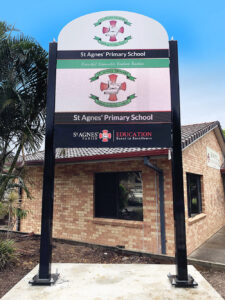 Council / Local Government Regulations
Council / Local Government Regulations
As every school administration knows, it’s possible to avoid local council and government regulations, and outdoor signage is no exception. Unless you are replacing a current sign with a similar sign in the same location, you will likely need to submit a development application to your local council.
Sign Management
Your sign will be managed through a content management system (CMS), which is editing software that allows you to easily create messages and have them converted to images and text that is uploaded to your sign’s shape.
For most schools, a web-based CMS is a great option as it can easily be accessed from a computer and is a simple way to upload text and images that are automatically converted to fill your sign’s dimensions.
Need help with your school sign?
It’s wise to consult with an expert LED school sign company who can guide you through the process and provide advice on the best product for your school. Choose a company who has a proven track record in making LED schools signs, and who is happy to not only support you during the selection and build process, but also provide after sales support when needed.
AusSport is a leading Australian school digital signage provider. We have worked with hundreds of primary schools, high schools and universities across Australia to supply indoor screens, outdoor signs, scoreboards and house points scoreboards. Contact AusSport today for expert advice and a fast quote on your next digital school sign.
